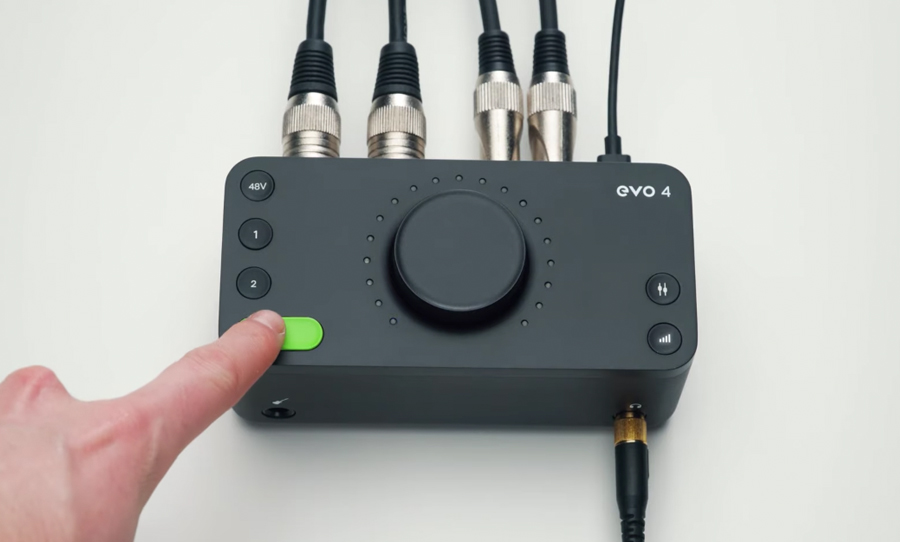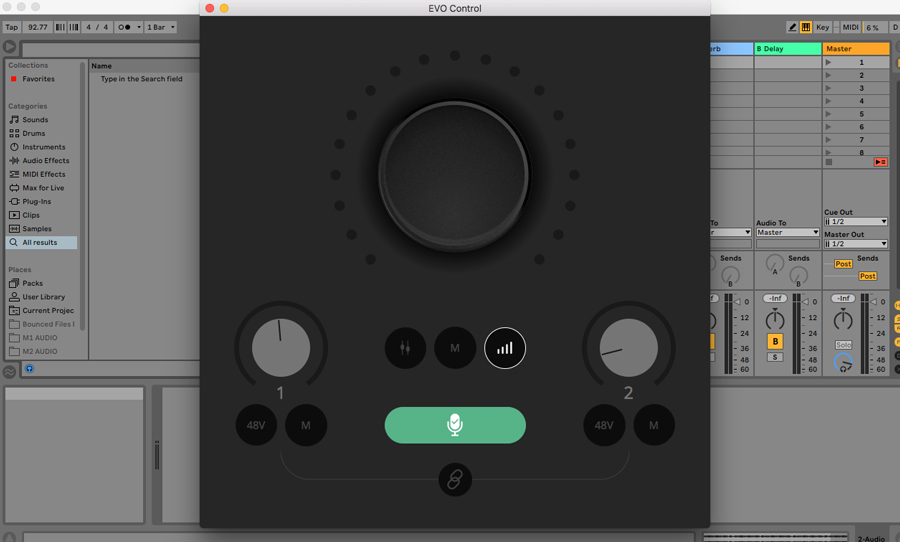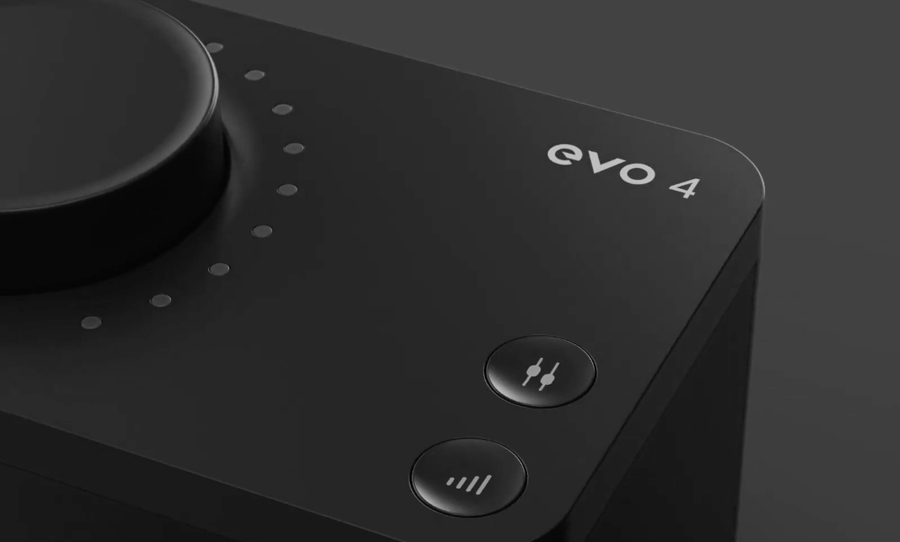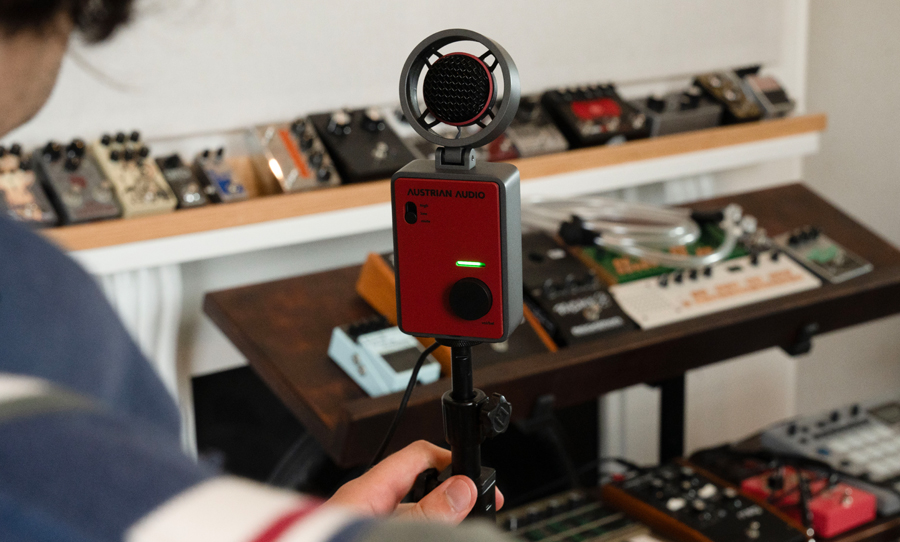For almost 25 years, Audient has forged a stellar reputation in the field of pro audio, developing high-quality analog consoles and preamps. In recent times, they’ve diversified their offerings to include the home studio enthusiast, while maintaining a commitment to providing the best specs possible.
Last year, they teamed up with Two Notes to create Sono—an innovative interface squarely aimed at guitarists (it even came with a built-in valve preamp). This year, while keeping things domestic, they’ve broadened their potential audience with the EVO 4—a device that caters to a range of creative pursuits in sound. In recent days, Audient has launched EVO Control software. The question is, do these two elements work well together?
Audient has been a studio mainstay since the ’90s and has recently turned toward domestic duties. Can EVO 4 and EVO Control continue a proud tradition?
The project studio audio interface market is crowded, so how does the EVO 4 stand out? Its sound quality is one thing, but then again, you would expect any item that wears the Audient logo to be a very solid performer. The company has built its reputation on the back of very clean, very quiet preamps and EVO 4 has two onboard, with 58 dB of gain at the user’s disposal.
There’s also a JFET DI on hand—and considering the excellent low-latency performance for USB 2.0 interface—anyone who owns an EVO 4 would enjoy giving this input a workout. The EVO’s small size means it can be perched snugly on your desktop, so plugging in quickly and jamming on guitar is a piece of cake.
Still, most of the EVO 4’s competitors have similar functionality. Audient’s clear goal here then is to create an inclusive tool—easy to use and capable of performing a broad range of creative tasks in audio. With two preamps and stereo linking available, it’s got most solo producers covered. With the aforementioned DI, guitarists and bassists will find that it slots smoothly into their workflow.
But podcasting? Of course, there’s nothing stopping you from creating a podcast on most interfaces, but the EVO 4 has a couple of special tools that make it ideal for this application. Smart Gain, for example: hit the green button, select your mic and chat away. The EVO actually sets the gain for you (a handy feature for those who aren’t confident in engineering).
The Loop-Back Mixer is a real winner though. Though the EVO 4 only has two analog preamps, it actually possesses two extra digital inputs, which can be used to track your computer’s audio. Imagine you were recording a podcast with a remote guest. You can record your own vocal—from your own microphone—in inputs 1 or 2, while 3 and 4 can record your remote guest—taking the computer’s audio—on a separate stereo track in your DAW session. Long-distance recording made easy!

The EVO Control software manages every part of the physical interface on the screen. This, of course, isn’t a first either, yet Audient has again prioritised smoothness here. Once installed, you can open the single (thankfully) EVO Control screen alongside your DAW screen, making it easy to monitor input gain, switch between low-latency input monitoring or DAW monitoring and more.
It’s a refreshing take on this kind of software. Audient understands that the most important tweaks are going to happen in the DAW itself; the simplicity of its user interface is designed to keep you in the creative zone, rather than take you out of it. Once I became comfortable enough, I found it was easy just to resize Control, place it in the corner of the screen and quickly perform every task in the software, rather than reach over to the interface itself.
With the EVO 4 and its accompanying software, EVO Control, Audient have boldly stepped into project studio arena—a crowded and competitive field. In doing so, they’ve created a user-friendly audio interface and accompanying software that actually enhances rather than detracts from the experience. And perhaps most importantly, Audient have made their enviable sound quality accessible to a whole new audience.
For more details, visit Studio Connections.



